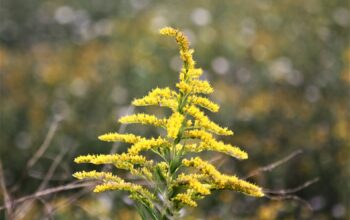
Azaleas are an ornamental favorite across the globe – lightly scented flowers come in an array of colors and variations. These bushes are very common in Covington landscaping, with many different varieties found here in downtown. Chances are, either you or a neighbor has one in your yard. They are part of the Rhododendron genus, in the Heath family Ericaceae. Here are some little known facts about Azaleas.
- The name Azalea comes from Greek azaleos, meaning “dry”. According to Online Etymology Dictionary “azalea”, noun, is from 1753, Modern Latin, coined by Linnaeus from the fem. of Greek azaleos “dry,” related to azein “to dry up,” probably from PIE root *as- “to burn, glow.”
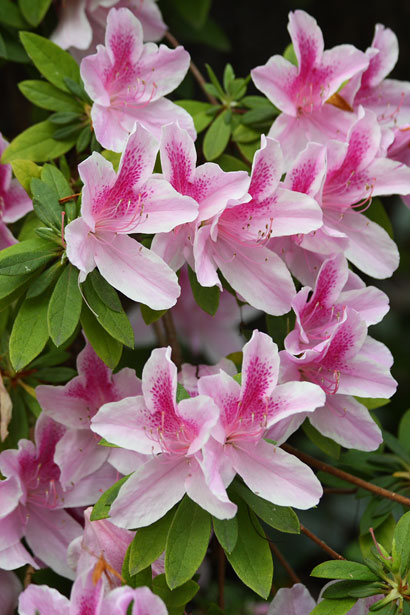
- Azaleas, also known as “Royalty of the Garden,” are in the same family as heathers, heaths and blueberries. This is a large family, with 4250 known species spread across 124 genera, found most commonly in acidic and infertile growing conditions. Azaleas grow best on sandy banks in the shade of large trees.
- There is some speculation as to where azaleas originated. The common consensus is that azaleas had established themselves in both the Old & New Worlds, the Asian and North American continents, before human habitation. The first mention of azalea comes from a Japanese poem from 759 CE. It is theorized that Buddhist monks may have brought azaleas to China and other parts of Asia.
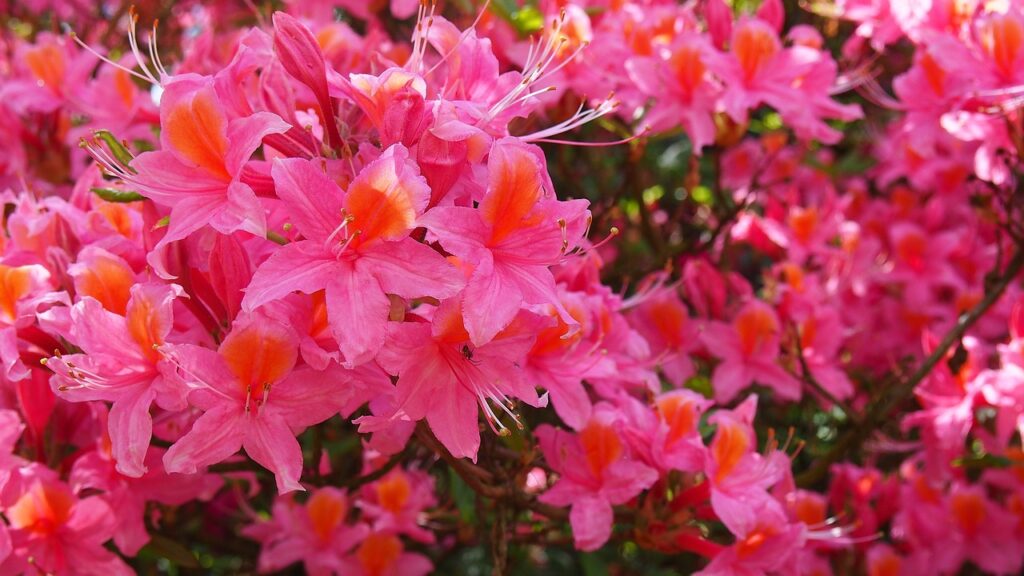
- In the early to mid 1800’s azaleas were primarily considered an aristocratic plant – only grown in lush greenhouses, at least here in the US. The azalea wasn’t introduced as an outdoor plant until the 1840’s when John Grimke Drayton imported the plants for use in his estate garden, Magnolia Gardens, in Charleston, North Carolina.

- Azalea festivals are celebrated in Japan, Korea, Hong Kong and several cities in the United States. Mobile, Alabama is home to the Azalea Trail, a path planted with hundreds of varieties of azaleas, and an annual Mobile Azalea Trail Festival.

- Azaleas are highly toxic – both the leaves and nectar contain a neurotoxin called andromedotoxin. Honey produced strictly from the Azalea/Rhododendron nectar is called “mad honey”, and was used to defeat an invading army in Turkey, according to the ancient Roman historian Pliny the Elder.
- Because of there once well known toxicity, receiving a bouquet of azaleas and rhododendrons in a black vase was understood as a death threat.
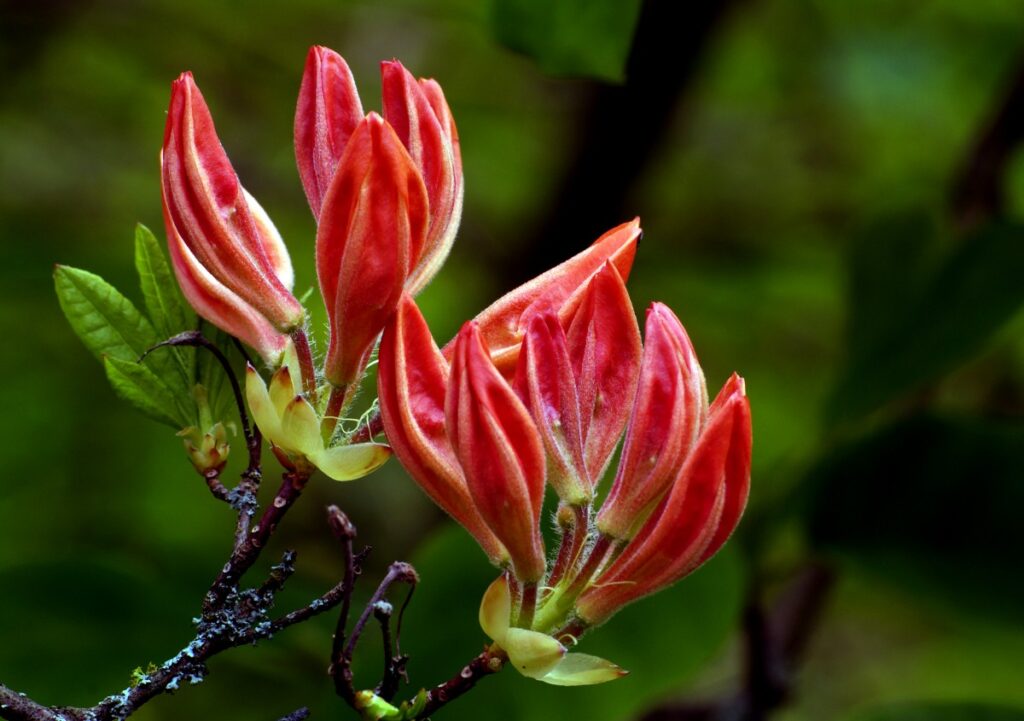
- Plant enthusiasts have selectively bred azaleas for hundreds of years. There are somewhere around 10,000 different cultivars of azaleas propagated for beauty and adaptability. Hybridizations have been created for pattern modifications, dwarf varieties, and to extend or alter blooming seasons.
- Azalea flowers come in white, pink, mauve, purple, red, orange and yellow in color, and the single varieties generally have 5 petals, but doubles can have up to 30. Some bushes grow up to 8 – 10 feet tall. Telling rhododendrons and azaleas apart can be tricky – one easy way is to count the stamens. An azalea has five stamens while a rhododendron has ten.
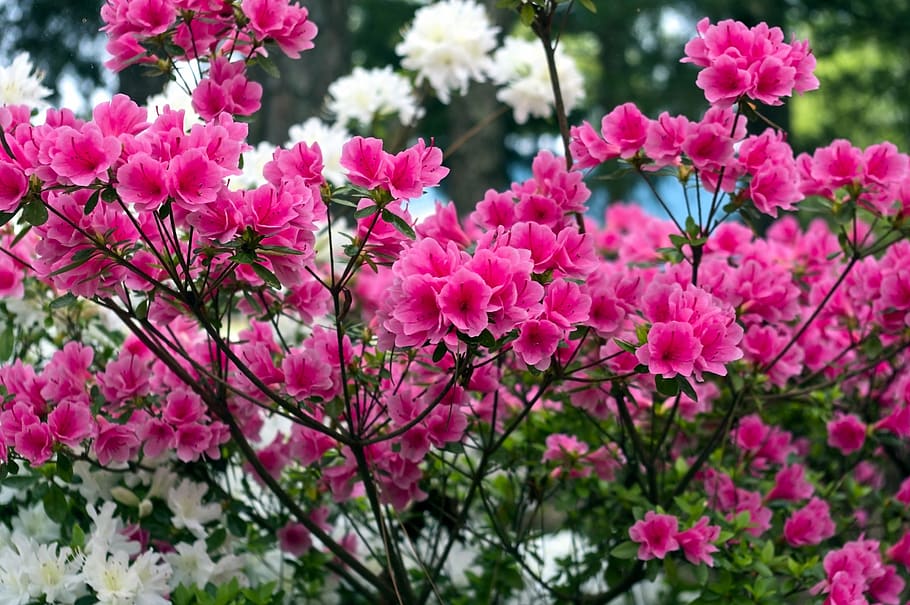
- Under the right growing conditions azaleas are very long-lived. According to the Azalea Society of America, some are hundreds of years old. A Chinese province claims to have the world’s oldest azalea — 262 years old, with a 28-inch diameter trunk.




